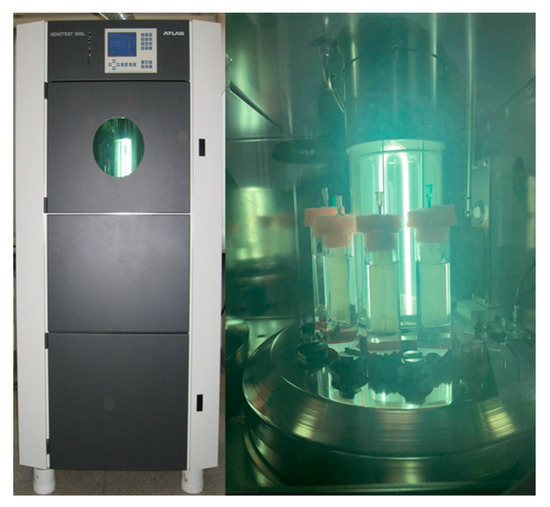Abstract
The aggressive progress of global industry has led to environmental pollution, particularly to the development of wastewater containing non-biodegradable compounds, which has affected the ecosystem and human health. Advanced oxidation processes can solve this problem by creating reactive species following solar irradiation, which is an efficient and sustainable technology for removing non-biodegradable contaminants from aqueous effluents. Our group developed photocatalysts with apatite-based metal–oxide heterojunctions to assess the removal of a well-known organic pollutant.
1. Introduction
Ceftriaxone, part of the third-generation cephalosporin class of antibiotics, is frequently detected in surface water, groundwater, and even drinking water due to uncontrolled administration. Unfortunately, due to its resistance to treatments, poor biodegradability and high toxicity, ceftriaxone could not be effectively removed via various conventional wastewater treatment techniques [1].
2. Materials and Methods
To address this matter, we synthesized four apatite-based metal–oxide photocatalysts, using metal–oxide precursors of cadmium, lead and manganese, in a Discover 2.0 Microwave Flow Reactor (CEM Corporation, Matthews, NC, USA), at the temperature of around 160 °C, 300 W power, for 10 min. We characterized the obtained photocatalysts using modern analytical methods to ensure that they had appropriate properties. Also, we determined the photocatalytic activity by separately mixing the metal–oxide photocatalysts with a styrene–acrylic film-forming material [2]. For photocatalytic degradation, we used a xenon arc lamp (Figure 1) and the capacity was assessed by UV-vis absorption spectroscopy.

Figure 1.
Xenotest 150 S+ device used for photocatalytic degradation.
3. Results
The obtained materials presented adequate properties and showed good results regarding the photocatalytic activity.
4. Conclusions
Based on the results obtained using ceftriaxone containing water matrix, the synthesized nanomaterials can be used in water depollution via photocatalytic processes. However, although compared to other synthesized photocatalysts, these ones showed a lower capacity to decompose antibiotic products.
Author Contributions
Conceptualization, R.I.M. and R.C.F.; methodology, R.I.M., M.G. and V.R.; formal analysis, R.I.M., M.G., F.M.R. and I.F.; investigation, A.M.B., T.F., F.M.R. and A.R.; writing—original draft preparation, R.I.M. and M.G.; writing—review and editing, R.C.F.; supervision, V.R.; project administration, R.C.F. and I.F. All authors have read and agreed to the published version of the manuscript.
Funding
This work was funded by the Ministry of Research, Innovation and Digitization through Program 1—Development of the national research-development system, Subprogram 1.2-Institutional performance- Projects to finance excellence in RDI, Contract no. 15PFE/2021 and INCDCP-ICECHIM Core program PN 23.06.01.01 (AQUAMAT).
Institutional Review Board Statement
Not applicable.
Informed Consent Statement
Not applicable.
Data Availability Statement
The supporting data are available from the corresponding author.
Conflicts of Interest
The authors declare no conflict of interest.
References
- Brazdis, R.I.; Fierascu, I.; Avramescu, S.M.; Fierascu, R.C. Recent progress in the application of hydroxyapatite for the adsorption of heavy metals from water matrices. Materials 2021, 14, 6898. [Google Scholar] [CrossRef]
- Raditoiu, V.; Raditoiu, A.; Raduly, F.M.; Amariutei, V.; Gifu, C.; Anastasescu, M. Photocatalytic behavior of water-based styrene-acrylic coatings containing TiO2 sensitized with metal-phthalocyanine tetracarboxylic acids. Coatings 2017, 7, 229. [Google Scholar] [CrossRef]
Disclaimer/Publisher’s Note: The statements, opinions and data contained in all publications are solely those of the individual author(s) and contributor(s) and not of MDPI and/or the editor(s). MDPI and/or the editor(s) disclaim responsibility for any injury to people or property resulting from any ideas, methods, instructions or products referred to in the content. |
© 2023 by the authors. Licensee MDPI, Basel, Switzerland. This article is an open access article distributed under the terms and conditions of the Creative Commons Attribution (CC BY) license (https://creativecommons.org/licenses/by/4.0/).